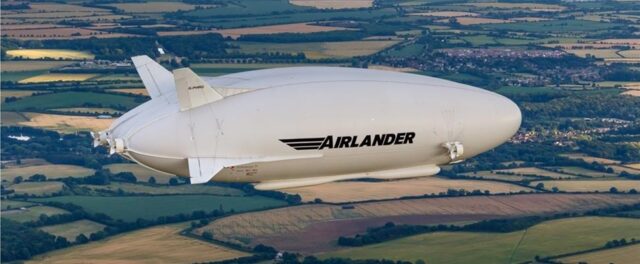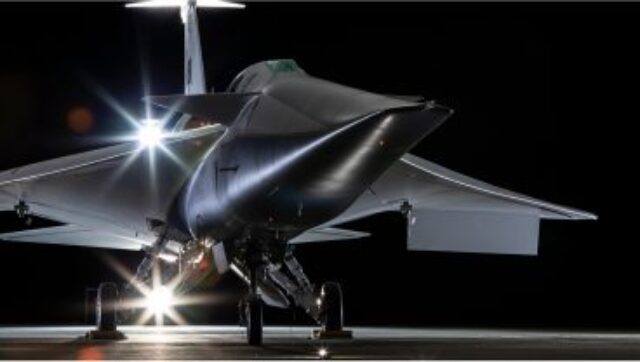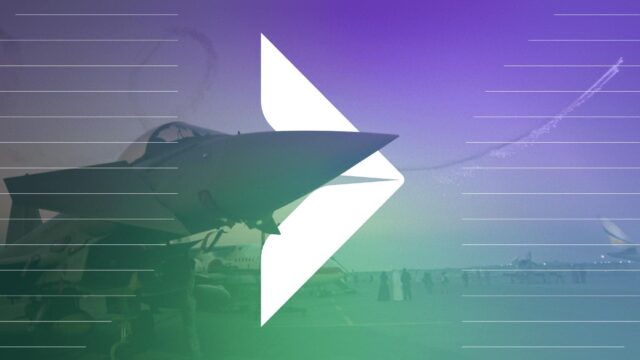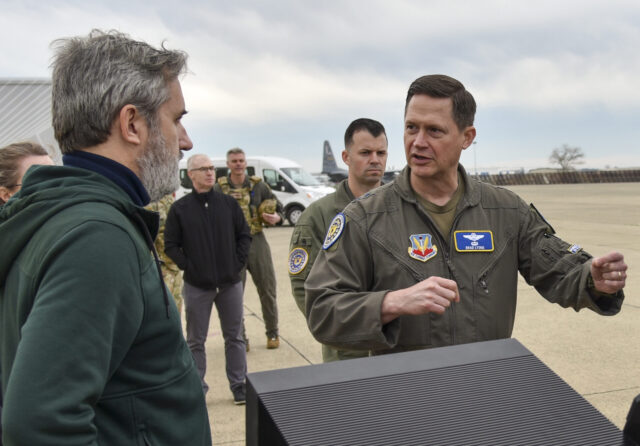Advanced Space demonstrates AI for spacecraft autonomy at the Moon
Advanced Space is claiming success in a series of experiments to demonstrate the use of machine learning in cislunar space, between the Earth and Moon. The Cislunar Autonomous Positioning System…

Advanced Space is claiming success in a series of experiments to demonstrate the use of machine learning in cislunar space, between the Earth and Moon. The Cislunar Autonomous Positioning System Technology Operations and Navigation Experiment (CAPSTONE) spacecraft has been busy testing new software in a bid to lay the groundwork for a substantial and transformative advance in autonomous navigation in orbit.
SigmaZero is a Neural Network-enabled software suite that enables the detection of problems with spacecraft navigation – for example, identifying and labeling small accelerations that could drive the spacecraft off course if not accounted for correctly. More importantly, SigmaZero helps spacecraft perform vital activities like orbit determination in conditions where ground controllers are not readily available; this sort of capability will be needed to support the long-term exploration, development, and settlement of space.
This is part of a study for the Intelligence Advanced Research Projects Activity (IARPA) under the MicroE4AI (Microelectronics for Artificial Intelligence) programme. The capabilities of SigmaZero build upon the Advanced Space mission of developing cutting-edge technologies like machine learning (ML) that improve onboard spacecraft autonomy.
IARPA Director Dr. Catherine Marsh said: “We are excited to learn of the SigmaZero experimental results as they represent a significant milestone in the lifecycle of our MicroE4AI programme. Launched in 2021, MicroE4AI’s goal is to develop resilient computing tools that drive innovation in microelectronics, hardware, software and algorithm-architecture.”
Dr. Nathan Ré, Principal Engineer and Project Lead for SigmaZero, explained, “Whether used on the ground or in space, SigmaZero instantaneously draws insights from spacecraft navigation data that traditionally have required the detailed review of a human expert. As spaceflight activity continues to grow exponentially, automation is essential to safe, reliable operations.”
“These tests demonstrate the effectiveness of our process to bring state-of-the-art machine learning models quickly to the essential ‘edge’ device: a small satellite near the Moon. Leveraging ML gives us an order-of-magnitude improvement in the time and cost required for flight software development and testing,” added Tyler Hanf, Software Engineer.
Subscribe to the FINN weekly newsletter
You may also be interested in
Shield AI to acquire Australia-based Sentient Vision Systems
FAA launches $100,000 AI prize
Scorpius becomes first commercial to land system on moon
















